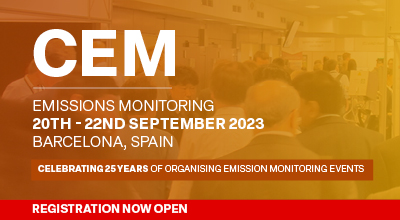| Abstract Title: | Use of Next Generation Air Monitoring Sensors in Industrial Applications |
| Presenter Name: | Dr Volker Schmid |
| Co-authors: | Dr Ali Lashgari |
| Company/Organisation: | Clean Air Engineering |
| Country: | United States |
Abstract Information :
The industrial, private, and regulatory sectors in the U.S. each have an interest in better assessing the impact of industrial sources on surrounding communities. In recent years, there has been considerable interest in the development of emerging sensor technology to help in these efforts. As technology improves, these emerging sensors are beginning to be sensitive enough to address criteria and other hazardous air pollutants (HAP), allowing such sensors to be used in comprehensive ambient air quality monitoring. This allows air quality data to be generated at much higher spatial and temporal resolution and considerably lower cost than those generated by traditional State or Local Air Monitoring Station (SLAMS) networks. However, lower cost often comes with the trade-off of lower data quality. Lower data quality is not acceptable in applications where the results of the measurements are ultimately used to show compliance with National Ambient Air Quality Standards (NAAQS). However, there are other applications where a less rigorous approach would be acceptable. Such applications can involve source identification, back-trajectory modeling, and source apportionment, which are all vital parts of the U.S. Environmental Protection Agency’s Next Generation Emissions Monitoring (NGEM) efforts. These efforts represent the confluence of measurement with data analytics, aiming to positively identify sources and quantify their impact using emerging sensor technologies deployed in dense networks around or within facility boundaries. This paper introduces NGEM concepts and discusses the influence of project objectives on application data quality needs. Source identification approaches based on emerging sensor technologies will be presented along with challenges in the quality assurance of these systems.

